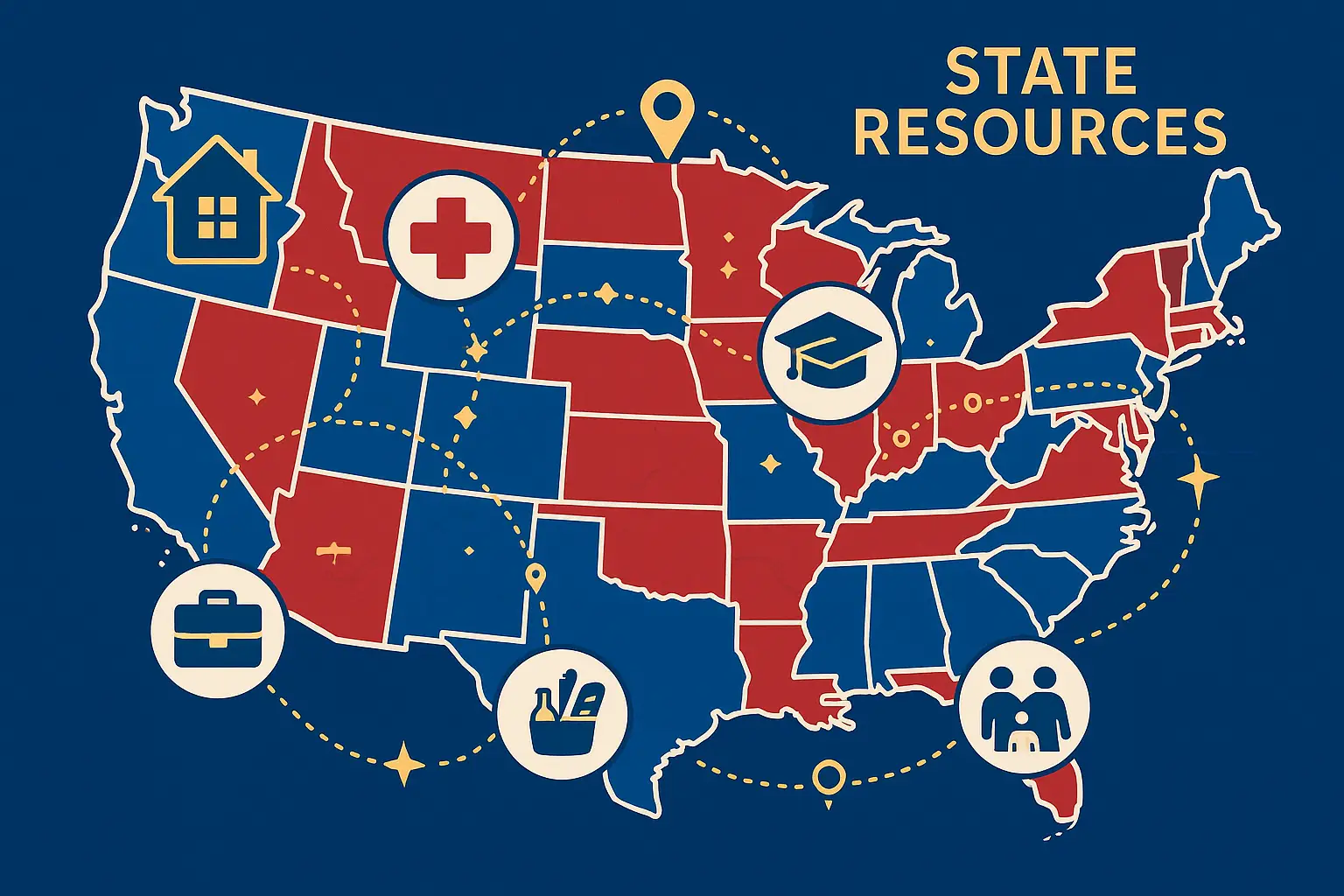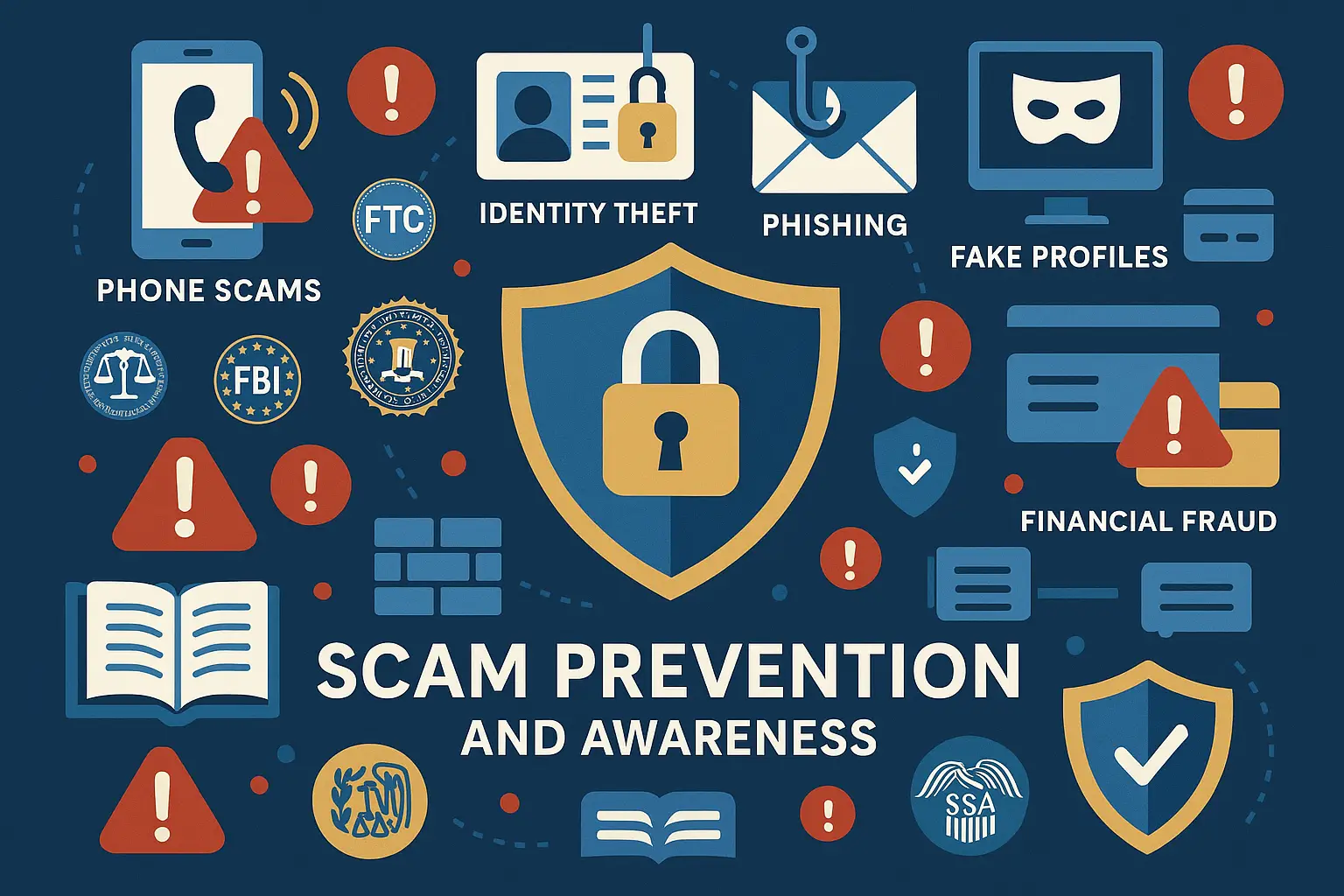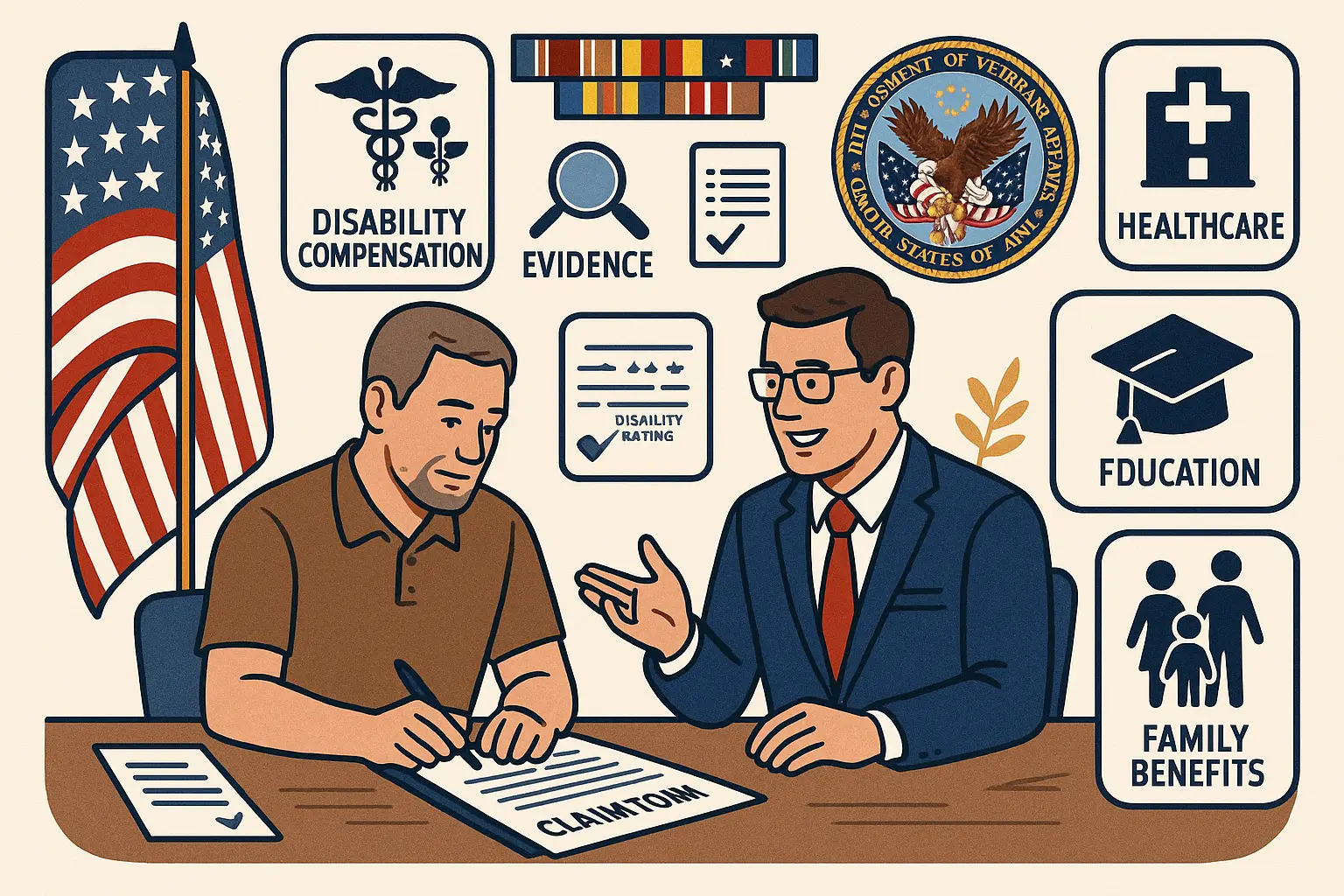Our state guides provide a clear path through the complex network of programs, services, and resources across the United States. From financial assistance and housing support to education opportunities and social services, each state offers unique options to help families, seniors, veterans, caregivers, and individuals with disabilities.
With differences in eligibility, application processes, and federal regulations, these guides create a customized list of resources tailored to your location. Whether you live in California, Virginia, or any other state, knowing how to access benefits improves your overall well-being and helps prepare you for the future.
Understanding State Programs
Each state administers a mix of federal, state, and local programs, often adapting them to fit the needs of communities and individuals. These services provide safety, stability, and support through food programs, housing, employment training, and education.
- Federal programs like the Supplemental Nutrition Assistance Program and Medicaid are delivered through state systems under federal regulations.
- Rental assistance, adoption services, state-funded grants, and scholarships for university students are examples of state programs.
- Local city and county offices provide access to social services, support for seniors, and resources for families affected by unemployment or disabilities.
Eligibility Requirements
Eligibility for state programs depends on multiple factors, including income level, family size, age, and residency status.
- Income: Many programs use the federal poverty guidelines as a baseline, but states may adjust for cost of living or county-specific needs.
- Residency: Proof of residency, such as lease agreements, utility bills, or voter registration, is generally required.
- Demographics: Some services prioritize pregnant women, unemployed workers, veterans, children in foster care, or older adults.
Meeting these requirements ensures that applicants are considered for benefits while minimizing the risk of denial.
Documentation Needed
To complete state program applications, individuals typically need to prepare:
- Government-issued photo identification
- Social Security cards or taxpayer identification numbers for all household members
- Proof of income, such as pay stubs, tax returns, or employment records
- Bank statements, rent receipts, or mortgage information
- Medical documentation for disability or risk-based programs
- School or university enrollment forms for education benefits
Having documents organized before starting the process saves time and improves chances of approval.
Application Processes by Program Type
Healthcare Programs
Medicaid applications vary by state. Residents can apply online, by mail, or through local health offices. Pregnant women, children, and seniors often qualify for expedited processing. The Children’s Health Insurance Program (CHIP) is managed separately in some states, requiring families to provide proof of income and legal residency for their children.
Food and Nutrition Assistance
The Supplemental Nutrition Assistance Program is federally funded but run by each state. Applications may be submitted online, in person, or by mail. Households must provide proof of income, expenses, and family size. Emergency benefits are often available for families with less than $100 monthly.
Housing Assistance Programs
Section 8 Housing Choice Vouchers and state housing programs help with affordable rental housing. Applications are submitted to local housing authorities and may involve long waiting lists. States also offer rental assistance for low-income families and emergency housing for those affected by disasters or unsafe living conditions.
Educational Benefits
States provide grants, scholarships, and low-interest loans for eligible students. Many programs require completing the FAFSA in addition to state-specific forms. Universities and state education departments also run targeted programs for caregivers, veterans, and foster youth.
Employment and Training Services
State labor departments manage unemployment insurance and workforce training programs. Applicants must meet work history requirements and show proof of recent employment. Training and job placement services are available to help individuals return to the workforce.
State Program Comparisons
Comparisons between states reveal essential differences in benefits, services, and access.
Regional trends also affect services. States in the Northeast and on the West Coast generally provide broader benefits and higher funding. Southern and rural states often align closely with federal minimums but adapt programs to the local cost of living.
Helpful Resources and Support
Applicants have access to various tools and services that can guide them through the application process and connect them to available benefits:
- Benefits.gov – This online tool helps applicants identify benefit programs they may qualify for by answering a series of eligibility questions. It also provides direct links to application pages.
- Healthcare.gov – This federal platform allows individuals to compare health insurance options, apply for coverage, and determine eligibility for programs such as Medicaid and the Children’s Health Insurance Program (CHIP).
- StudentAid.gov – Students can use this portal to complete the Free Application for Federal Student Aid (FAFSA) and learn about scholarships, loans, and grants available for higher education.
- State government portals – Each state operates official websites that provide details about local programs, application forms, and eligibility requirements. These portals are the best source of accurate, state-specific information.
- 2-1-1 services – This community-based phone and online support system connects individuals and families to essential resources such as food assistance, housing support, and other social services.
- Local offices – City and county social services agencies often provide direct, in-person assistance. Visiting these offices can help applicants resolve questions, receive guidance, and access additional support programs.
Application Tips and Best Practices
- Prepare documents in advance – Applicants should gather all necessary paperwork, including income records, proof of residency, and relevant medical information, before beginning the application process. Being organized early helps avoid delays and ensures accuracy.
- Apply for multiple programs simultaneously – To save time and maximize available support, individuals are encouraged to apply for several programs simultaneously. Doing so can increase the chances of coverage across different areas of need, such as housing, health care, and financial aid.
- Keep detailed records – Maintaining copies of all applications, receipts, and official notices is essential. These records provide a valuable reference for future reviews, renewals, or appeals.
- Report changes promptly – Applicants should notify the appropriate agencies about any income, address, or family size changes. Keeping information up-to-date is essential to remaining eligible for ongoing benefits.
- Seek assistance when needed – Local volunteers, social workers, and legal aid offices can guide applicants facing complex application challenges. Accessing this support can make the process smoother and more successful.






